Mothers in Nature - this week’s theme at Habitat Garden Club.
Each Tuesday morning, we start off by walking around the native plant gardens assessing what needs to be done, which weeds to pull and look for wildlife. As we walk and talk, birdsong interrupts our conversation. Movement catches our eyes.
“Oh look, it’s a summer tanager! We follow to see where it goes. “In the maple tree, look, it’s on a nest!”
A series of squeaks were heard while pulling weeds. “There’s something in there moving around!” “It’s a rat!” We give it space and hope to see it again. We see a blur. “It’s carrying a baby, go get a camera!” We watch and giggle as the hispid cotton rat moves four babies one by one, across the parking lot to a different location.
Habitat Garden Club meets each Tuesday morning from 9 am - 12 pm in the parking lot of the South East lake entrance to Ruffner Mountain.
Photos by Michelle Reynolds












